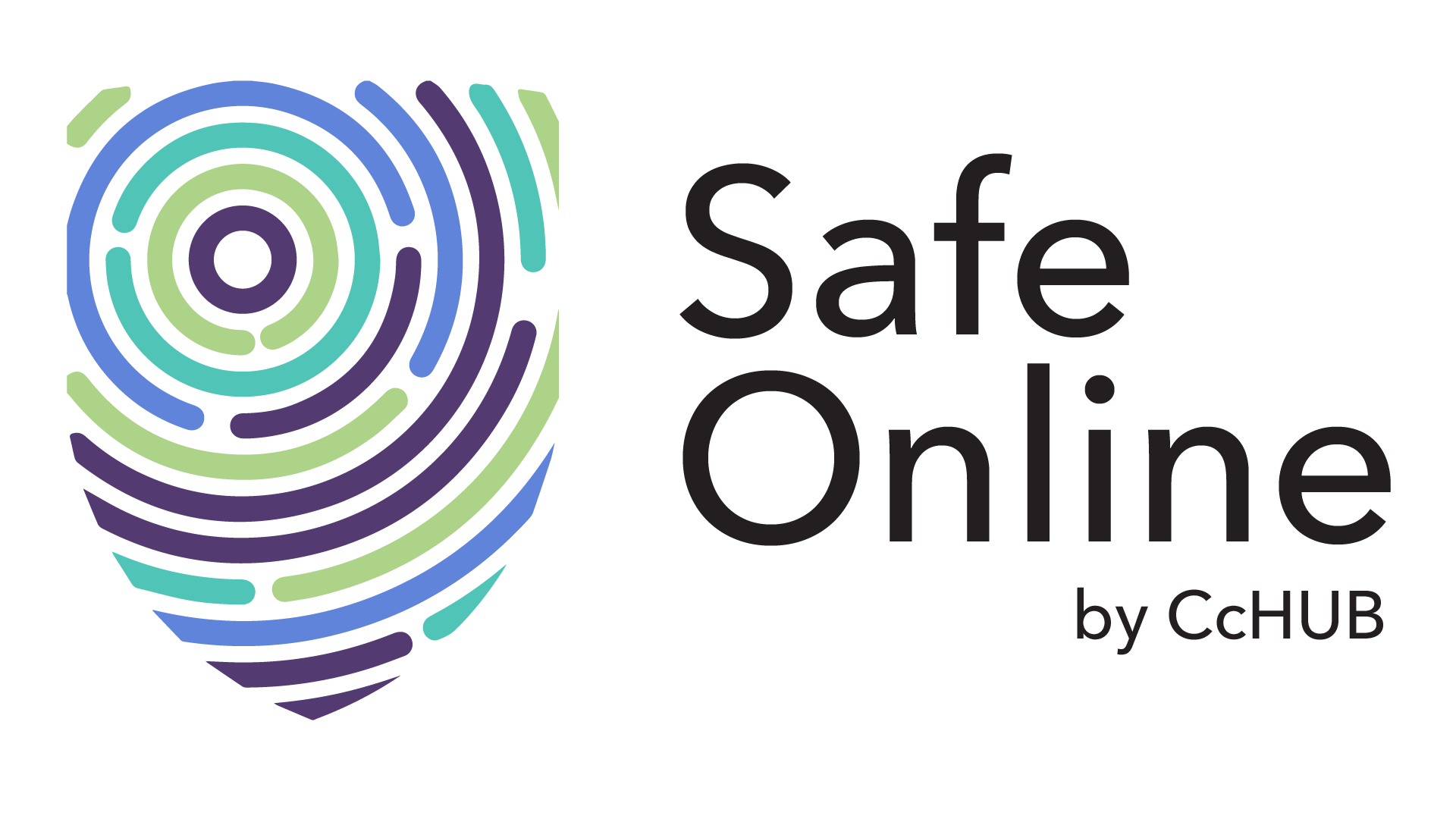I’ve understood that few individuals working with the web and its administrations as essential business devices do not know about this innovation. Indeed, even less individuals utilize it. That is the reason you are presently reading this post…
How does two-factor authentication work?
Two-factor authentication adds an extra layer of security on top of your username and password combination. It makes it harder for a hacker to get access to your account even if they know (or break) your password. For someone to get access to your account they need either your phone or some other “key” to log in. The service use the phone or key to verify that the person logging in is the legitimate owner of the account.
When you log in to an account it will ask for a code you get from an app in your phone (Authentication apps) or through text message. Some prefer to add a USB-key with a button that you press to authenticate the login. There are multiple solutions and you should pick what feels easiest for you. It’s actually the same solutions that many banks use. They give you a physical card with codes, or a small digital device (tokens) providing you with codes when you press some numbers. You need your login details and your specific code, to use your bank online or through the phone. This is to make sure the bank know that you are you.
When should you use two-factor authentication?
You should basically activate two-factor authentication, 2FA, for every service where it’s possible. To find out phone service offers two-factor authentication, drop by Twofactorauth.org to find out (It lists most online services and links to the set-up documentation for each one of them). You can also check out Turn On for step-by-step guides on each service you want to secure.
You should activate two-factor authentication for at least: E-mail, Facebook, Twitter and Dropbox. All places where you have sensitive personal information, such as your bank and health-related accounts, should have 2FA activated and everything work-related should also have maximum security. When it comes to work accounts, the damage would be large, not just for you, but also for your employer.
Well, Individuals should also use Password Managers
